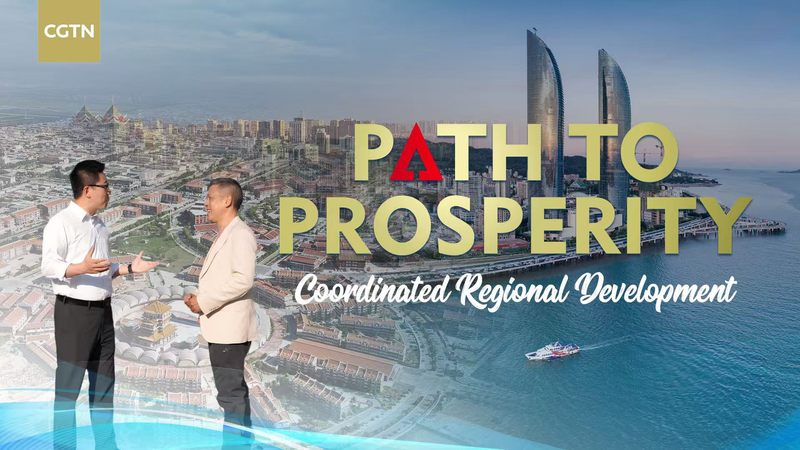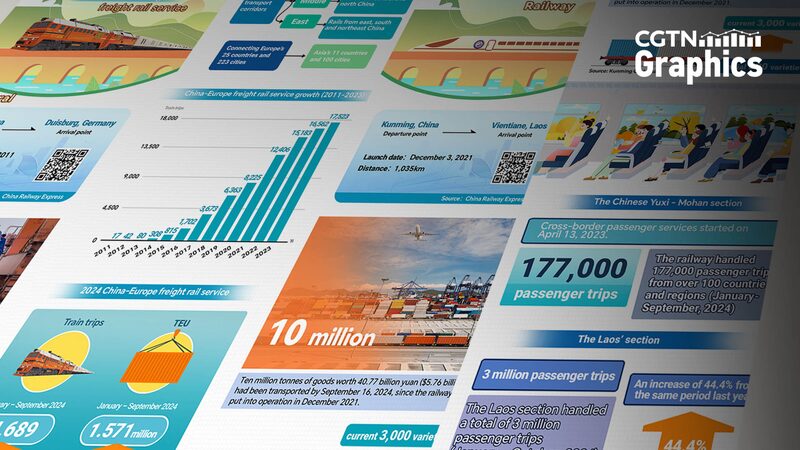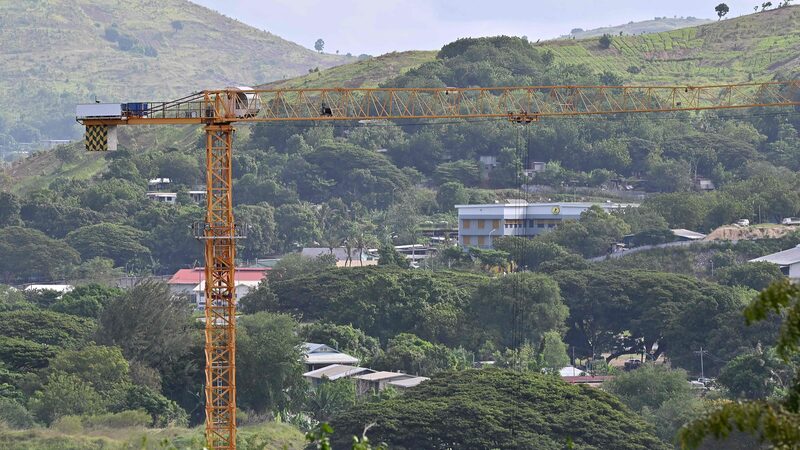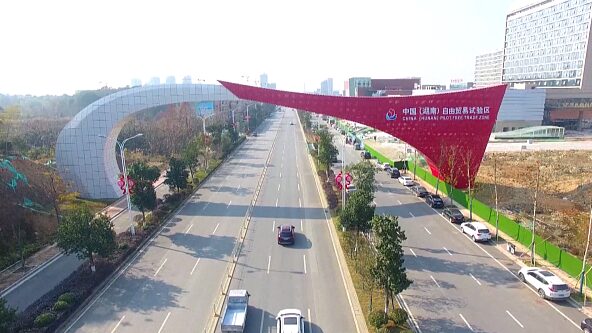For centuries, China's coastal regions dominated economic progress while inland areas struggled with development challenges. As of November 2025, a transformative approach is rewriting this historical pattern through Beijing's coordinated regional development strategy – a multi-pronged initiative now entering its sixth year of implementation.
The Great Rebalancing
Central planners have deployed advanced infrastructure networks and innovation corridors connecting the Yangtze River Delta to the Greater Bay Area and inland provinces. High-speed rail expansion completed this year reduced travel time between Chengdu and Shanghai to under 8 hours, facilitating unprecedented resource mobility.
Economic Renaissance Beyond Megacities
New manufacturing clusters in Henan and Hunan provinces reported 12% annual growth in Q3 2025, outperforming coastal counterparts. The strategy's "twin-engine" approach pairs eastern technological prowess with western resource advantages, creating symbiotic industrial ecosystems.
"This isn't just wealth redistribution – it's about unlocking latent potential," notes Dr. Wei Lin of the Chinese Academy of Social Sciences. "Our 2025 data shows inland innovation hubs filing 35% more patents than in 2020."
Sustainability Meets Growth
The program prioritizes green energy transitions, with 60% of new inland investments directed toward renewable projects. A recent cross-provincial carbon trading mechanism has enabled poorer regions to monetize ecological preservation efforts.
As China progresses toward its 2030 development goals, this spatial economic restructuring continues reshaping Asia's growth map – proving that geography need not dictate destiny.
Reference(s):
cgtn.com








